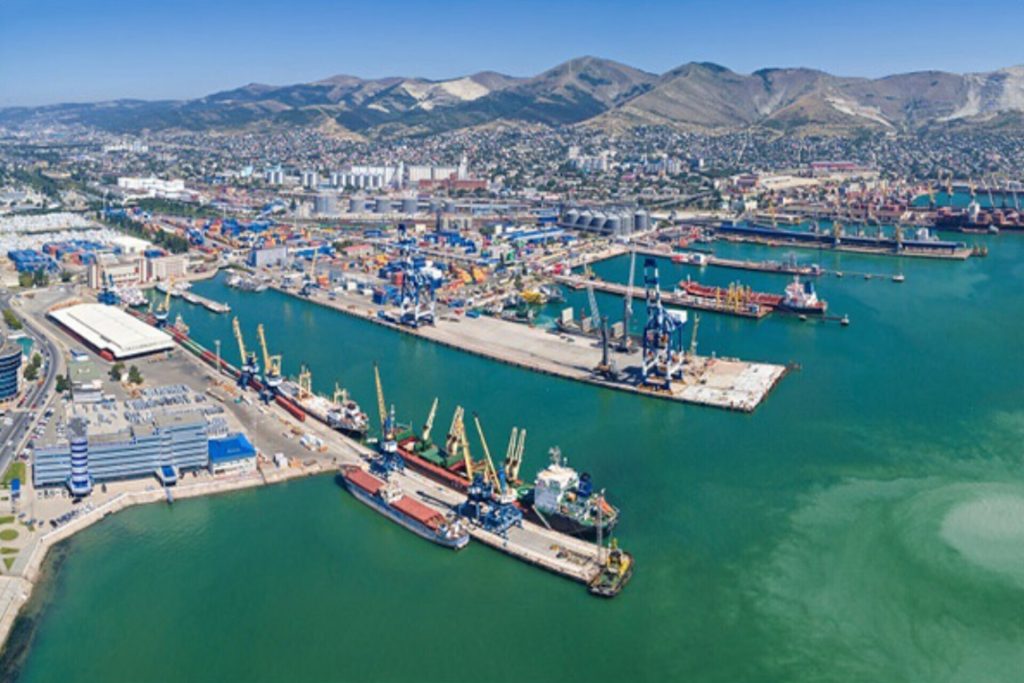
Title: Khuzestan Faces Power Shortages Amid Record Electricity Demand—What’s the Solution?
Scheduled Power Outages Loom as Demand Peaks
Khuzestan’s electricity distribution company has warned residents of potential scheduled power outages on Sunday, August 10, 2025, due to unprecedented summer demand. With extreme heat driving consumption to record highs, controlled blackouts may be enforced during peak hours—particularly midday to early evening.
Officials urge citizens to avoid simultaneous use of high-energy appliances, such as air conditioners and electric water heaters, to ease strain on the grid. For precise outage schedules, residents can check the official websites of the Ahvaz Electricity Distribution Company or the Khuzestan Electricity Distribution Company.
Khuzestan’s Energy Crisis: A National Challenge with Local Roots
As Iran’s second-largest electricity producer and consumer after Tehran, Khuzestan plays a pivotal role in the national grid. Yet, soaring temperatures, aging infrastructure, and energy-intensive industries like steel manufacturing have exacerbated power imbalances.
Touraj Fattahi, a former Khuzestan Regional Electric Company spokesperson and energy expert, highlights the urgency of the issue: “Khuzestan leads in hydroelectric production and hosts critical thermal plants, but annual consumption growth of 5–8% outpaces infrastructure upgrades. This imbalance threatens both economic activity and daily life.”
Diversifying Energy Sources: A Path Forward
Fattahi emphasizes the need to expand renewable energy, particularly wind power, given Khuzestan’s limited solar potential due to dust and sunlight angles. “Collaboration with foreign firms, such as Chinese companies through barter agreements, could fast-track wind energy projects,” he suggests.
Recent government mandates requiring industries to invest in renewables are a positive step, but Fattahi stresses the need for stronger provincial coordination to ensure results.
Investment and Provincial Management Key to Stability
Khuzestan’s vast resources—including revenue from industrial pollution fees and corporate social responsibility funds—could be redirected to modernize energy infrastructure. Fattahi notes that the provincial governor, empowered by the president, could incentivize or compel local industries to invest in energy projects.
The Human and Economic Toll of Blackouts
Power shortages disrupt industries, leading to production declines, price hikes, and layoffs. Agriculture suffers from delayed irrigation, while households endure health risks amid extreme heat. “Outages must be minimized with climate-sensitive policies,” Fattahi insists.
Short-Term Fixes and Long-Term Strategies
Immediate solutions include accelerating thermal plant construction, while long-term plans focus on smart grids, consumer incentives, and wind energy expansion. “Khuzestan can overcome this challenge and become a national model,” Fattahi concludes, “but it requires unified action—from policymakers to the public.”
End.

